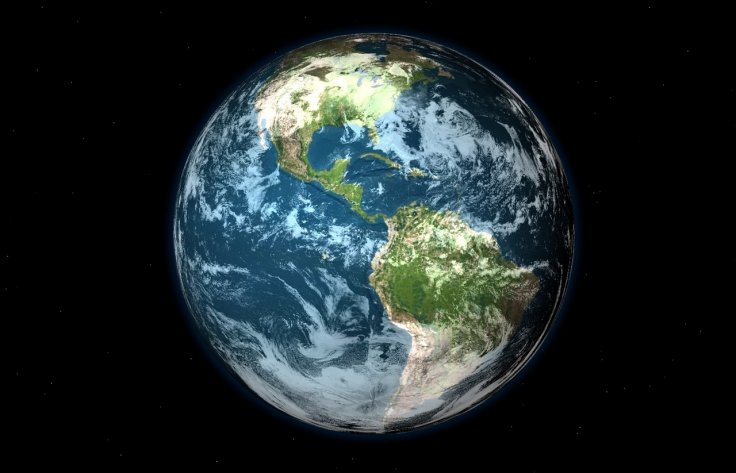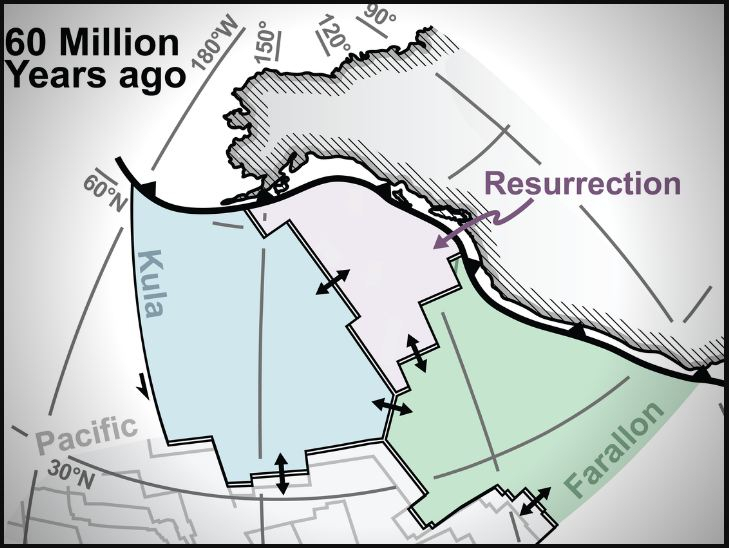The multiple layers beneath the Earth's surface are as mysterious and fascinating as what is found above it. A tectonic plate known as 'Resurrection', has long been debated over by geologists who question its very existence. However, scientists from the University of Houston College of Natural Sciences and Mathematics claim that have discovered the 'lost' tectonic plate.
While some geologists vouch for its non-existence, some believe that the plate simply subducted (i.e) moved sideways and went downwards, into the Earth's mantle at a location some in the Pacific Margin around 40 to 60 million years ago. Now, utilizing mantle tomography images, the authors state that they have discovered the lost plate in the northern Canada region.

"Volcanoes form at plate boundaries, and the more plates you have, the more volcanoes you have. Volcanoes also affect climate change. So, when you are trying to model the earth and understand how climate has changed since time, you really want to know how many volcanoes there have been on earth," said Jonny Wu, lead author of the study, in a statement.
Looking for A Lost Tectonic Plate
Using a technique known as 'slab unfolding', the geologists reconstructed the manner in which the tectonic plates in the Pacific Ocean may have existed and looked like during the early Cenozoic Era. The lithosphere—the inflexible outermost shell of the Earth—is separated into several tectonic plates. For several years, geologists have known that two plates in the Pacific Ocean at that time called Kula and Farallon have existed.

Utilizing 3D mapping technology, Fuston employed the slab unfolding technique on the mantle tomography images. This was done to extract the subducted plates. Following this, they were unfolded and stretched to their original shape.
'Resurrecting' What Was Lost

Discussion surrounding Resurrection—the third supposed plate—have been ongoing, and it is thought it may have led to the formation of a volcanic belt along Washington state and Alaska. "We believe we have direct evidence that the Resurrection plate existed. We are also trying to solve a debate and advocate for which side our data supports," stated Fuston.
Wu illustrated: "When 'raised' back to the earth's surface and reconstructed, the boundaries of this ancient Resurrection tectonic plate match well with the ancient volcanic belts in Washington State and Alaska, providing a much sought after link between the ancient Pacific Ocean and the North American geologic record." The study has the potential to aid geologists in predicting volcanic threats along with hydrocarbon and mineral deposits.









